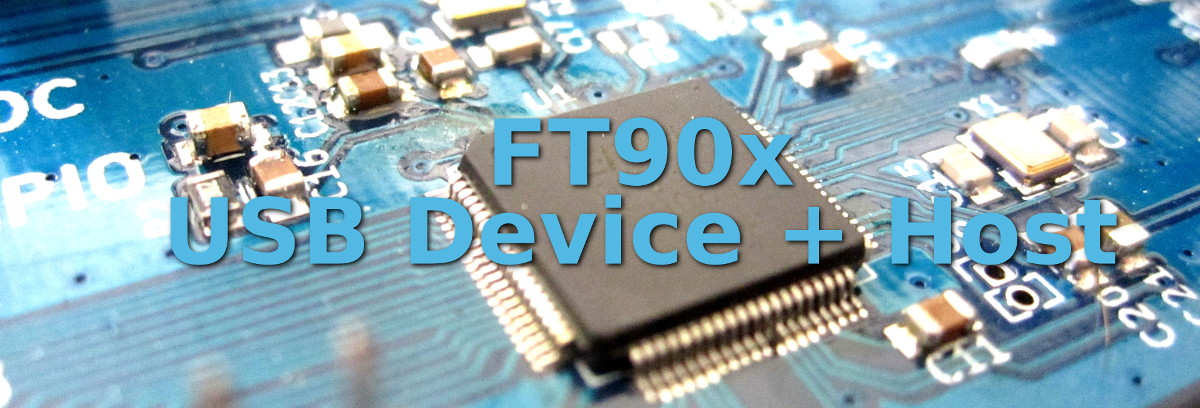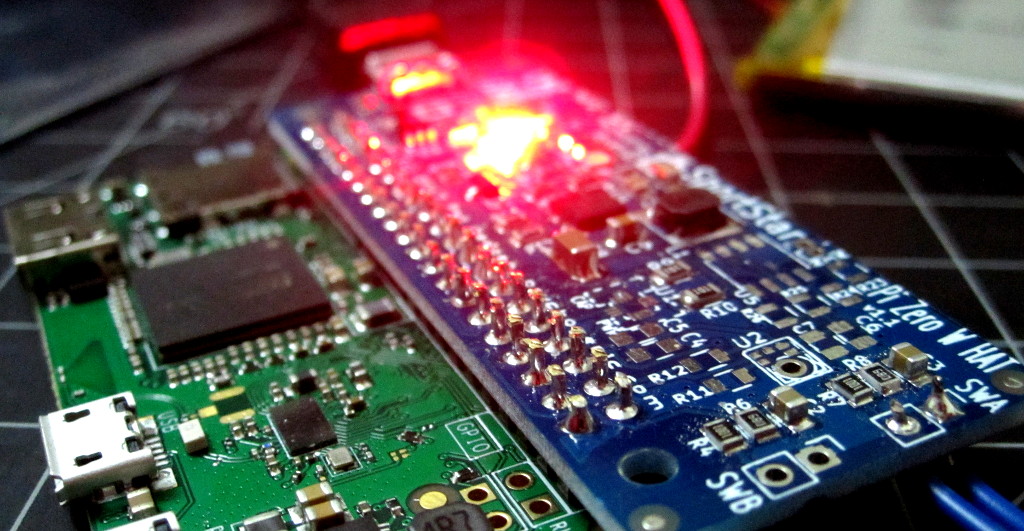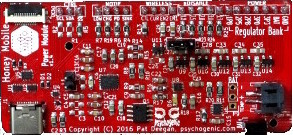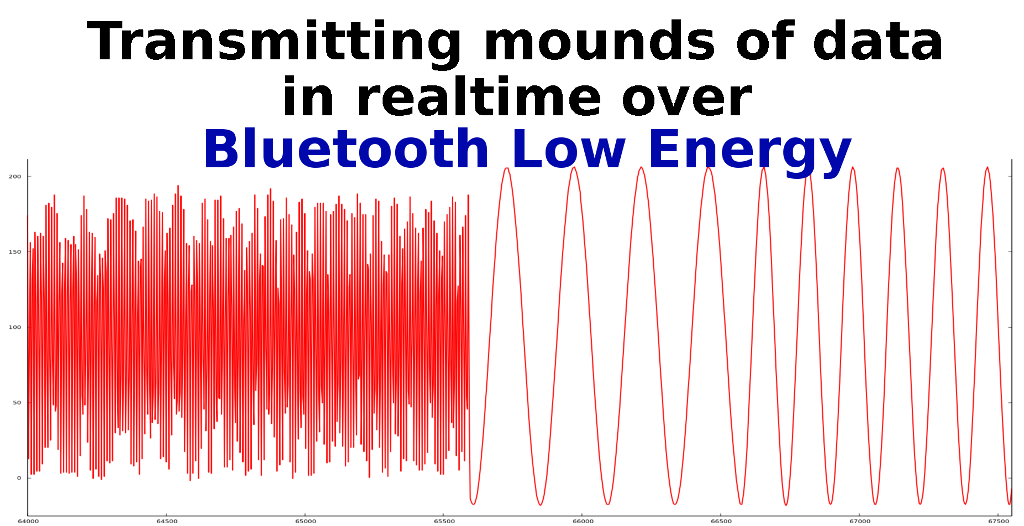So you’ve got an FT90x–a cool IC that lets you behave as both a USB device and USB host–and you’ve coded for it using the sweet GCC/Eclipse toolchain. Thing is, now you want to burn your shiny new firmware but you planned to use a mikroe mikroprog for FT90x to do the job only to…
- by: Pat Deegan
- On

- by: Pat Deegan
- On

To do anything interesting, we need reliable communication across machines (e.g. over bluetooth) and oftentimes within as well, between components working together within a device. In one of my last projects, I wound up dealing with mounds of unreliable comm and here I’ll go over how I got around it and a few of the…
- by: Pat Deegan
- On

I just finished a project that involved video processing in a portable, wirelessly connected, package: a perfect opportunity to get to know the newer Raspberry Pi Zero W. Here I’ll go over a few lessons learned while making this little computer truly mobile. The main point of interest is power: power (as in applied voltage),…
- by: Pat Deegan
- On

Designed to interact with a 16-bit I/O expander, the firmware was ready for testing. Though I was still waiting on parts, I wanted to make sure it would all work as expected. What’s an impatient developer to do? Create his own SPI slave to replace the missing part, of course! If you’ve gotten anywhere beyond…
- by: Pat Deegan
- On

As a follow-up to my intro/tutorial, I’ll go over a few more lessons learned using Kicad including some tips that should be of help to anyone embarking on a similar journey. The power module project was selected for a first adventure using Kicad as it was relatively small while being non-trivial. The circuit holds around…
- by: Pat Deegan
- On

Kicad is an cross-platform, open source, electronics design suite. I’d toyed with it in the past, but had never made it to actually designing real projects with it until recently. Here, I’ll go over my experience and initial impressions, and provide a few pointers and resources for anyone curious about trying it out. We’ll tour…
- by: Pat Deegan
- On

My client needed to receive a relatively large amount of data on a mobile device, from an embedded system, and process it in near-realtime. The simplest method for communication with a whole host of mobile devices is to go over bluetooth low energy, but this protocol’s main concern is more about power conservation than throughput. …
- by: Pat Deegan
- On
After this tutorial, you’ll know “in your bones” how to deal with the weirder stuff, when it comes to time-dependent values. It’s easy to find formulas to plug into to for simple cases, like a steady DC voltage or nice sine waves with known peak values but what happens when things aren’t so straightforward? Say…
- by: Pat Deegan
- On

I’ve recently had to determining the frequency of some arbitrary repeating signal, from a stream of sampled values. In a simple universe, you could just wait for a specific value to come in–say the peak value–or monitor for the zero crossing or somesuch. However, the particulars in this case included the fact that, in addition…
- by: Pat Deegan
- On

Received a Hantek DSO-2090 USB oscilloscope today and put it through a few paces. Here are the results and my impressions from using the device a bit, as well as a few tips for working with it under Linux. The first thing to note is that, in terms of DSOs, this thing is dirt cheap…